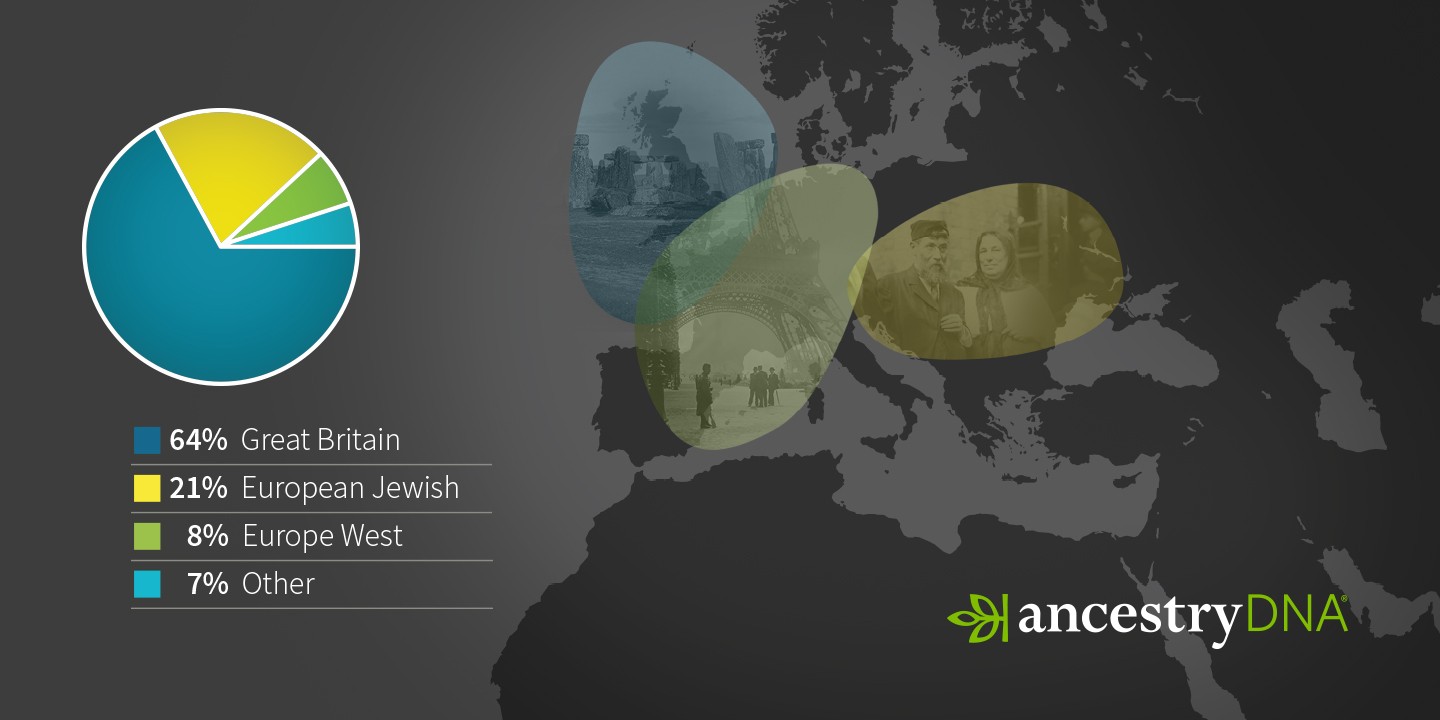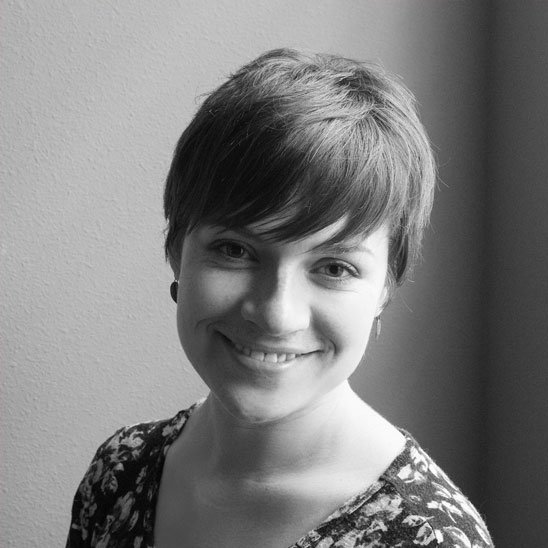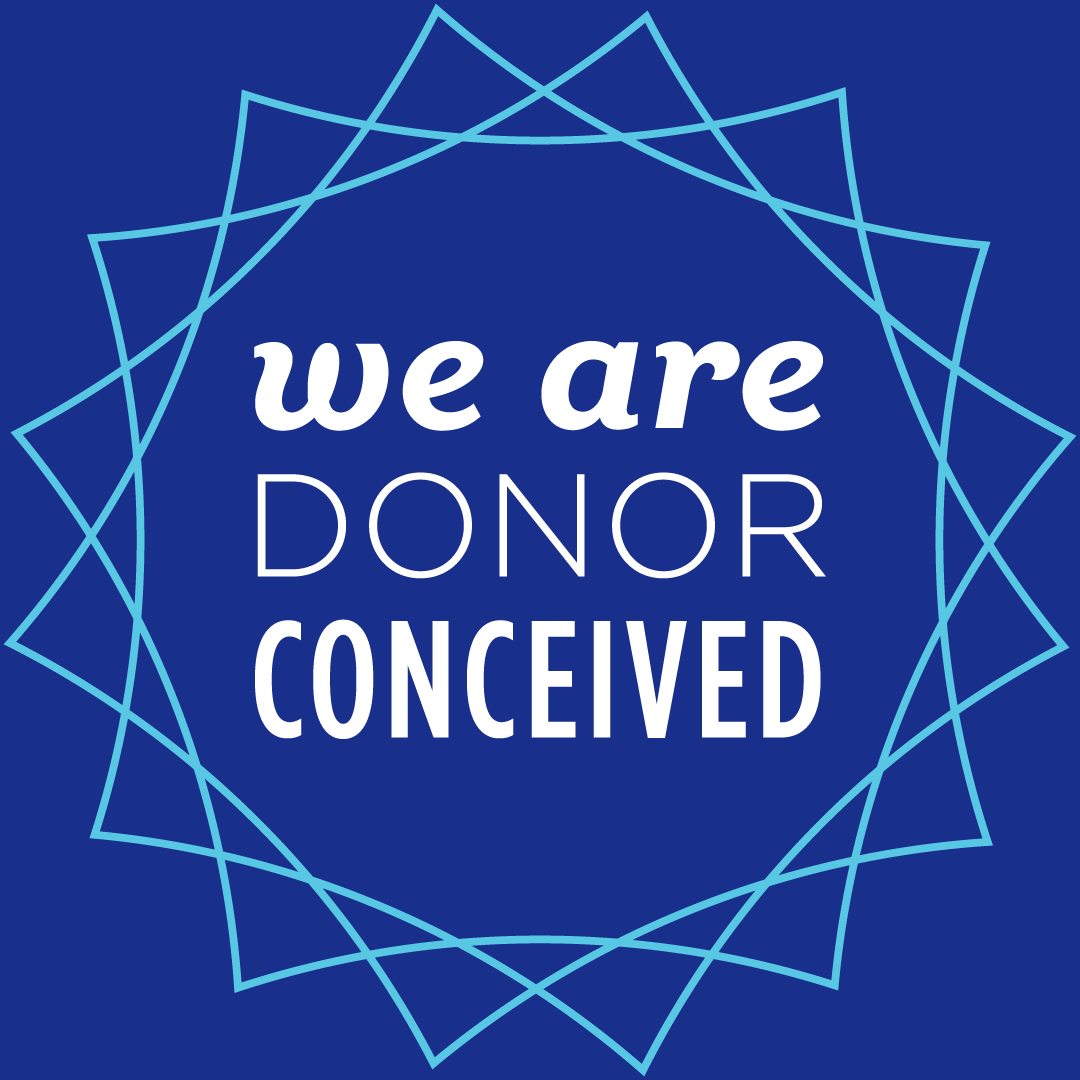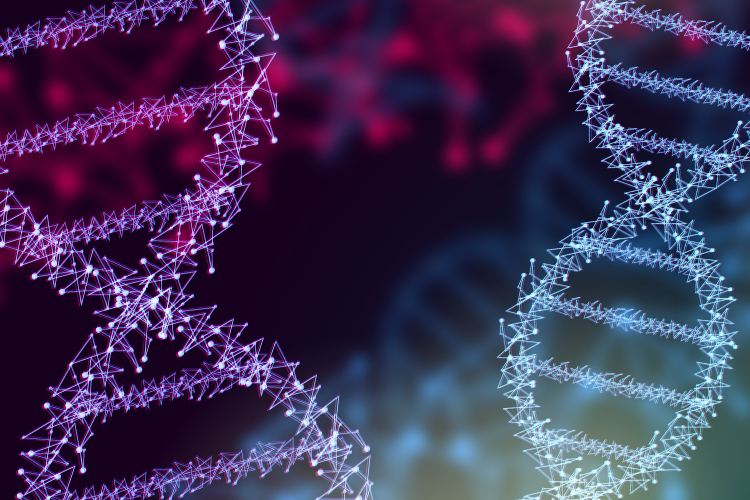Many donor conceived people use DNA tests to unlock the mystery of their genetic heritage, learn more about their health, and even search for family members. To shed some light on how to go about the latter, we tapped Stephanie Talley, a volunteer search assistant for DNA Detectives and DNA for the Donor Conceived, for tips about where to begin and how to get help.
I know absolutely nothing about the donor and have no records. How can DNA testing help me search for family members?
In a way, you DO have records; they are stored in your DNA. Genetic genealogists encourage anyone looking for their biological family to test with all the major DNA testing sites—23andMe, AncestryDNA, and Family Tree DNA—to glean as many DNA matches as possible.
The more DNA you share with a match, the easier it can be to determine how they are related to you (barring any complications such as adoption or unknown parentage in the match’s family). In addition to this, the more “close matches” (typically second cousin range or closer) you find, the better. Their DNA connections to each other can help you determine your relation to a single individual. There is a lot of additional technical information and free research aids made available by the DNA Detectives to help explain this to those who are new.
Should I ask my biologically related parent to take a test?
For donor conceived individuals, or anyone searching for a single unknown parent, testing a known genetic parent is critical to identifying the other. You can use their results in conjunction with your own to sort the paternal and maternal matches you discover. For those who are unable to test their known parent, building the ancestral tree of this known parent can also assist you in sorting your matches, if you can identify how they are connected to your known parent’s family.
It’s a good practice to build out the known parent’s tree with or without testing them to further aid in your research, but testing them is definitely a crucial aid. If a half-sibling who shares the same known parent is available, they can also assist in sorting in this way, as well as a sibling of the known parent, or a grandparent. Ideally, the known parent is the best source as you share the most DNA with them, but these are workable alternatives.
Does the donor have to take a test in order to be identified?
No. Your results will show you genetic relatives and the amount of DNA they share with you. This means potentially finding your donor based on genetic connection(s) without the donor taking a DNA test. Of course, there is also the possibility that a DNA test will immediately connect you to close family members, such as donor siblings or the donor him/herself.

Which test should I order?
The short answer: all of them! If you can only afford one test, start with AncestryDNA. This one is what I call the “search powerhouse” because it gives you access to “paper-trail” records that the other DNA sites do not, such as immigration records, census data, and obituaries. There is a LOT of research you can do with your DNA results, so it’s best to start a search here, and make this your home base.
You can also expand your search to the Family Tree DNA database by uploading your raw data from AncestryDNA to see if you get any additional matches using their family finder.
Uploading your raw data to GEDmatch is another great way to expand your results from Ancestry (for free!) The third party research hub lets members of any of the “big three” DNA sites upload their raw data for a detailed genetic comparison. GEDmatch also offers advanced tools for a small fee.
I did a DNA test and I don’t understand my results. Help!
You are not alone! Take a breather, and then join DNA Detectives on Facebook. This will put you in contact with over 30,000 active members varying from beginner to advanced genetic genealogists. There are search assistants who have already solved their own cases, those just getting started, and everyone in-between. The group is always growing, and there are new members all the time. Everyone starts somewhere.
Not only can you get your specific questions answered, you can get to know some of your peers and gain support in your search. There are members from all corners of the world, so if you’re feeling lost and looking for support, someone is there to help.
For those who are donor-conceived, there is also DNA for the Donor Conceived, a sister group founded by DNA Detectives. In both groups, you’ll find links for ordering DNA tests (some include discounts), self-education files to help interpret your DNA results, and a wonderful support network.

DNA image created by Freepik

